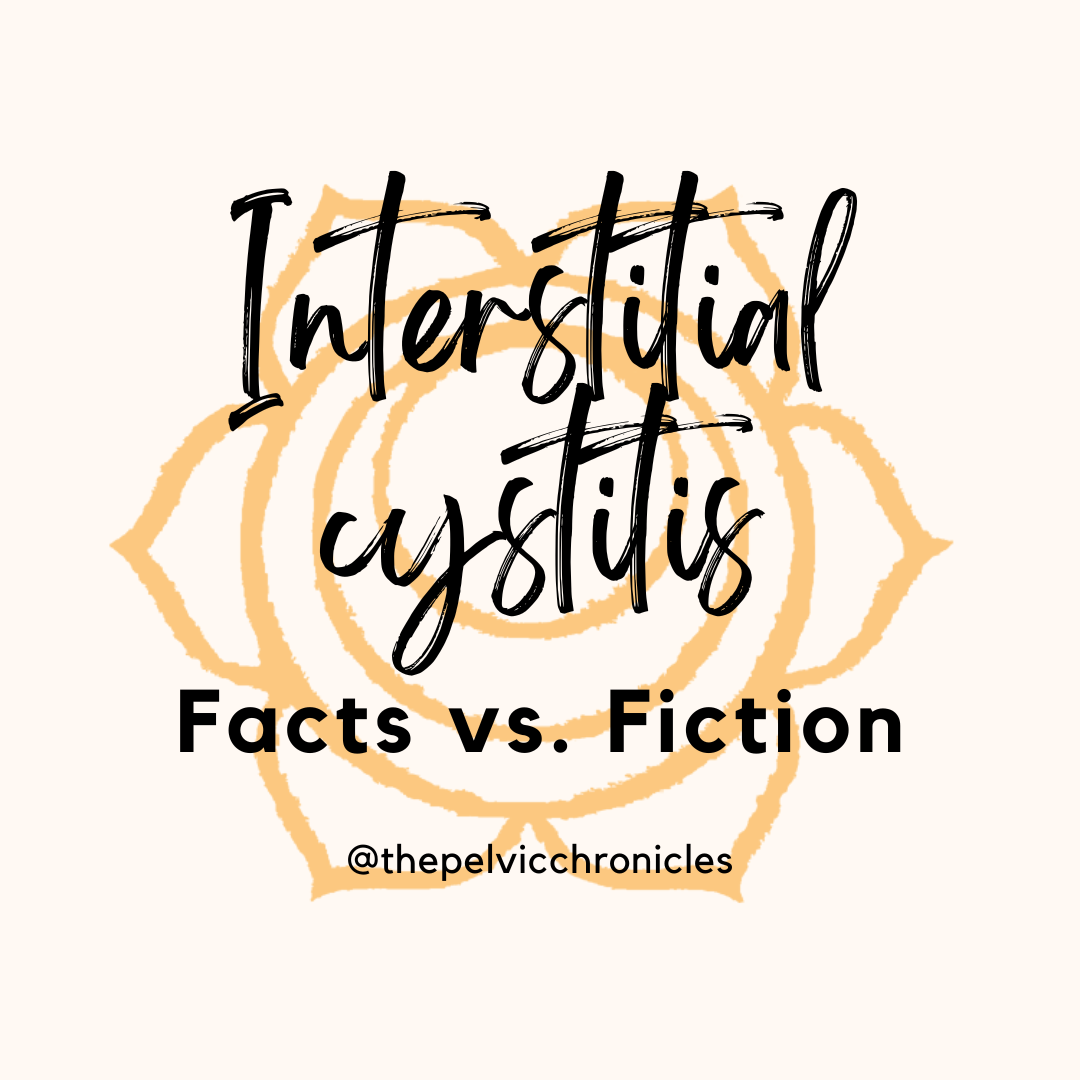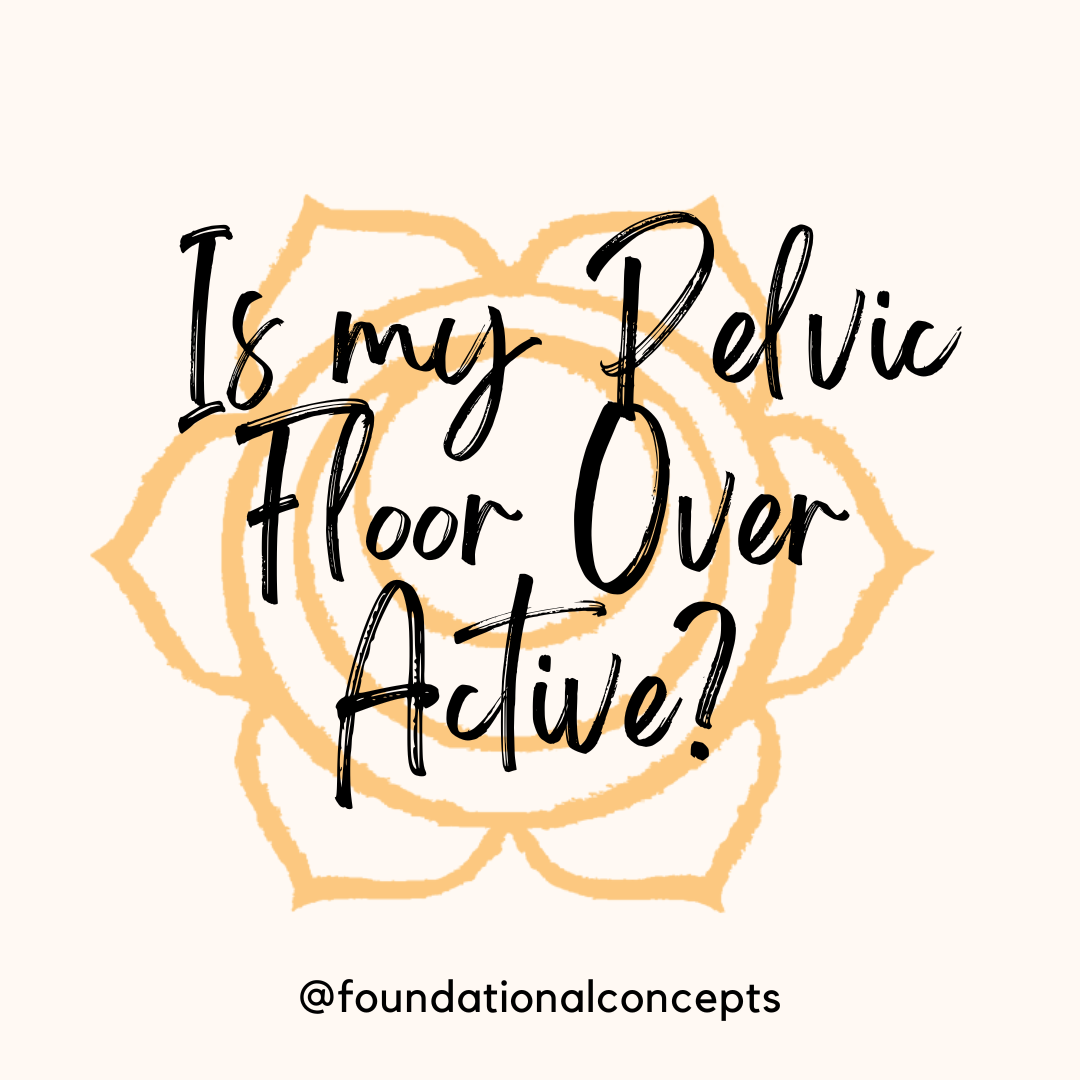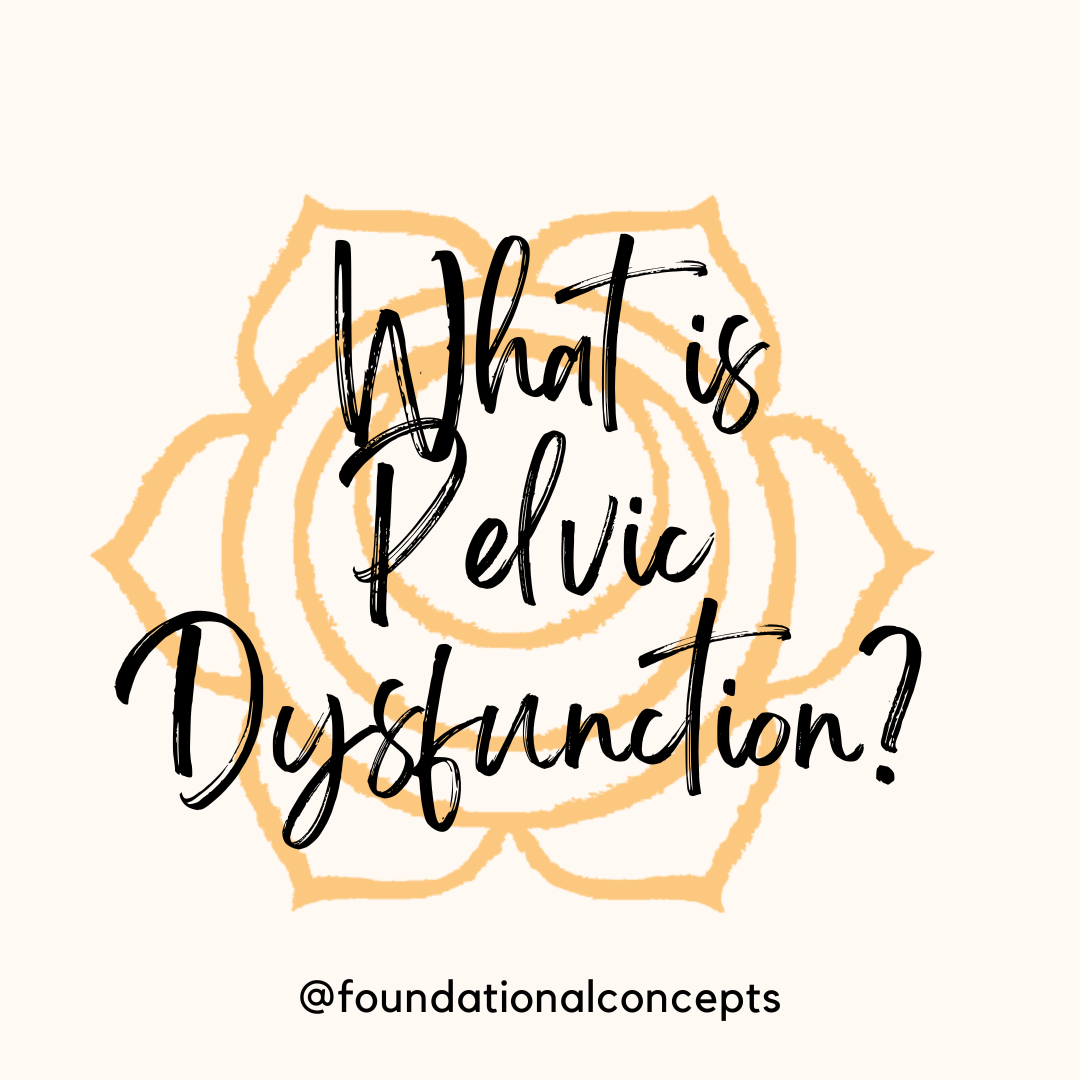Women use well over 10,000 period products during the years that we are menstruating. If…

Interstitial Cystitis: Facts vs. Fiction
Interstitial Cystitis (IC) is a non-infectious, chronic bladder condition characterized by pain, frequency of urination, nighttime urination and urinary urgency. These symptoms can present together or in isolation, and are very different in different people. The terms bladder pain syndrome (BPS), painful bladder syndrome (PBS), hypersensitive bladder and Overactive Bladder (OAB) are often associated with IC.
In addition to the pain symptoms, the bladder has changes that can be seen on imaging. These are lesions that are visible on a cystoscope, and they have two types.
1. Hunner type, in which Hunner’s lesions are clearly visible on cystoscopy.
2. Non-Hunner type, in which no Hunner’s lesions are observed during and after bladder distension
To date, there is no solid evidence as to what causes IC. There are many theories, which all point to various factors that likely contribute. Some of these are auto-immune, inflammation, nervous system hypersensitivity, environmental toxins, food sensitivities, chronic infections, pelvic floor dysfunction, leaky gut syndrome, endometriosis, IBS, chronic fatigue, fibromyalgia. Don’t be overwhelmed by this list. The bottom line is that they all likely have some contribution to the condition, and you can look at making small changes in your lifestyle to help with all of these! This blog will discuss the what and dispel myths about IC. Next week we will discuss the How’s of management!
IC is more common in women but does affect men as well. It can occur at any age, although it does tend to be most common in middle age. And it does tend to occur alongside other conditions like endometriosis, irritable bowel syndrome, fibromyalgia and chronic fatigue syndrome. These overlapping disorders also dispel the idea that is is only a bladder issue. The fact that the cause is difficult to discern, and that we see such overlapping theories would cause us to conclude that the gut, immune system, nervous system and musculature all play a part in a healthy urinary system. Management should focus on the whole body, not just the bladder.
Many people are falsely told to avoid all acidic foods or to follow a strict diet. While some acidic foods may irritate SOME people with IC, not all acidic foods and drinks will be bad for ALL people. Citrus fruits, tomatoes, horseradish, vinegar, pepper, glutamate, artificial and nutritive sweeteners, plus tea, coffee, carbonated drinks, liquor and spicy foods may cause a worsening of symptoms in some people The tough part is to figure out what bothers you. My experience has been for people to listen to their bodies, to follow a healthy, whole food diet that is conscious of toxins and ingredients that are harmful to us. A food-and-symptom diary combined with an individually tailored elimination diet, then gradual re-exposure can play a key role. Foods not fermented are preferred, as they have a lower histamine content. A low-carbohydrate, low-FODMAP diet has been shown to be helpful, but is not for everyone.
Diagnosis should begin with a detailed medical history. It is important to rule out other conditions that could be causing these symptoms. Additional tests that can be indicated and helpful in coming to an IC diagnosis are urinalysis, ultrasound, uroflowmetry in men, cystoscopy, bladder hydrodistension, Potassium Chloride test, and flow EMG or urodynamic testing with filling cystomanometry and pressure uroflowmetry. Those are a mouthful! But refer to the study referenced or ask your doctor about these tests. Not all of these are required for a diagnosis, each test would be at the discretion of your provider, but they all have strong evidence in helping come to a proper diagnosis.
Because of the over-lapping conditions and symptoms of pain, urinary frequency and urgency, Pelvic floor physical therapy is recommended as a first line of care conservatively; alongside lifestyle changes and psychological treatment. Pelvic floor physical therapy should focus on restoring the proper function of the pelvic floor as well as the core. Each patient presents individually, so there is no protocol other than to get a baseline of what your function is and make a plan to rehabilitate and restore optimal function to the muscles of the pelvic girdle. This includes not only the pelvic floor but the entire body!
Finding a provider who is experienced in caring for IC/BPS can be difficult. At Foundational Concepts we work closely with counselors, doctors, dieticians, holistic providers and can help you find the right provider for you. Stay tuned next week for some tips and guidelines for how to begin to manage IC/BPS.
References: Guideline group S2K guideline for interstitial cystitis (IC/BPS) long version, 1st edition, version 1, 2018.




